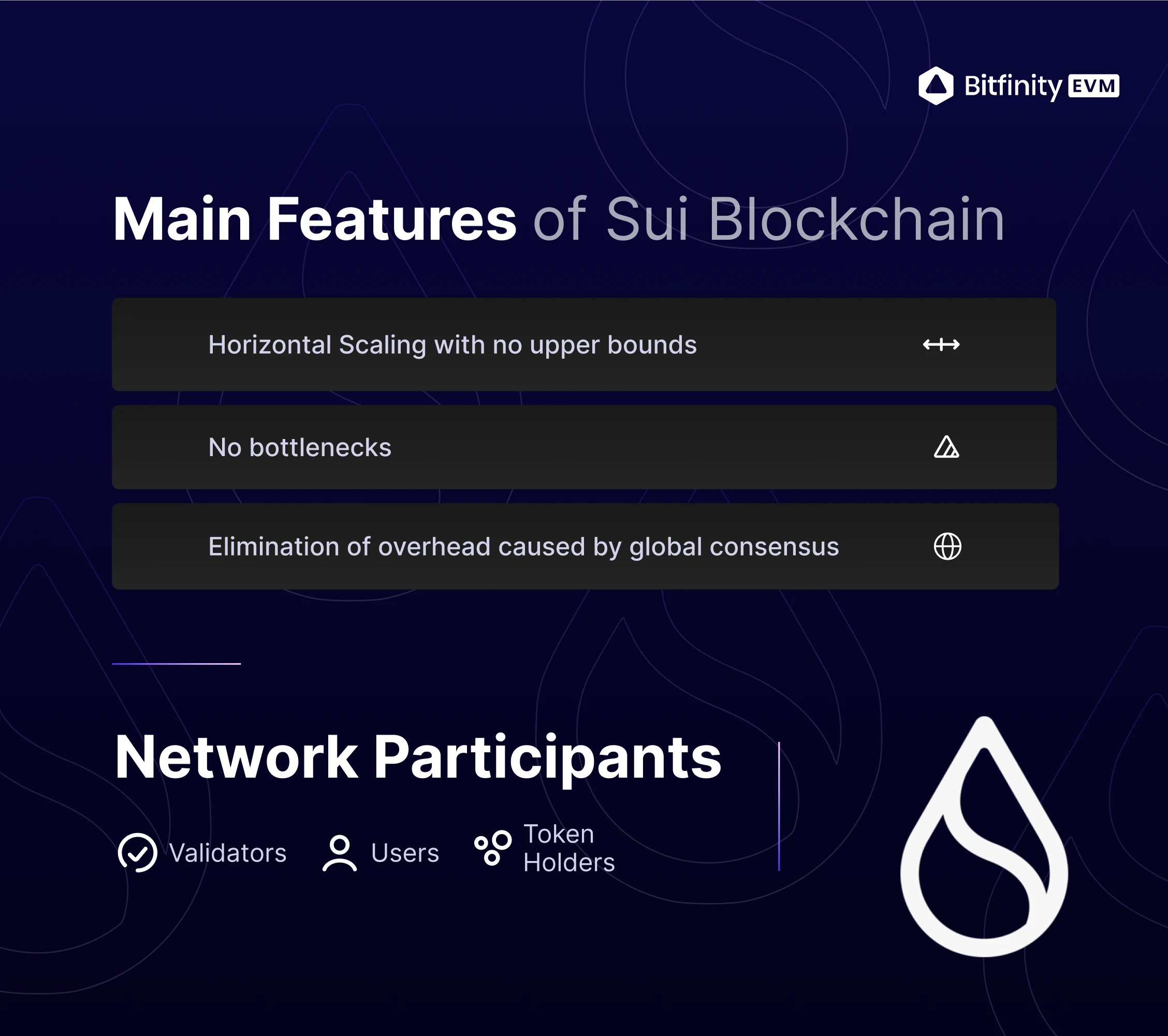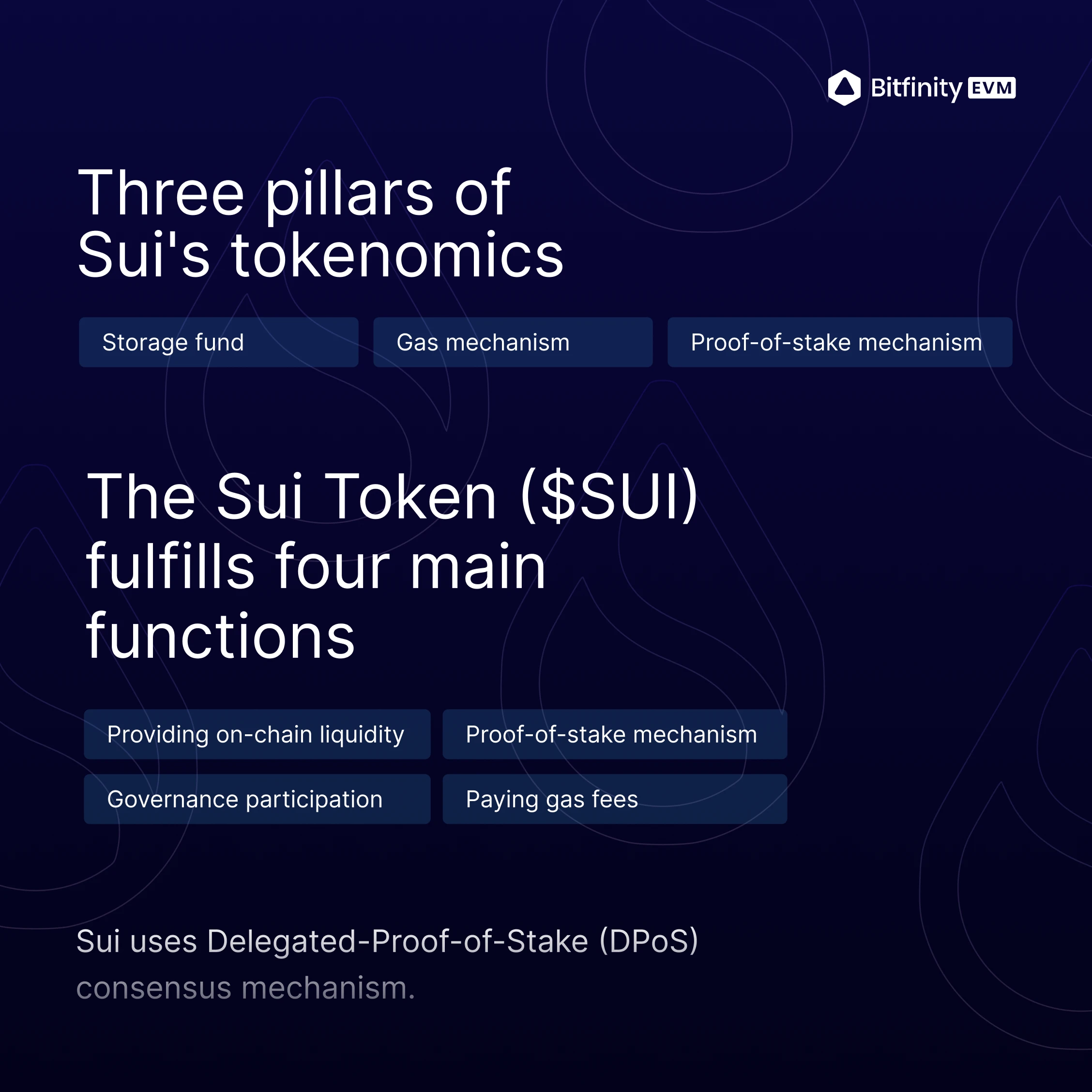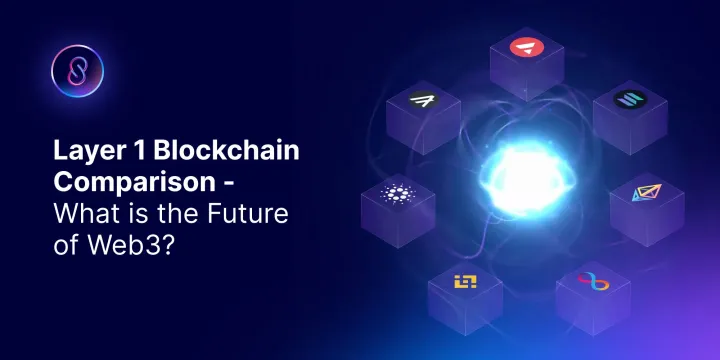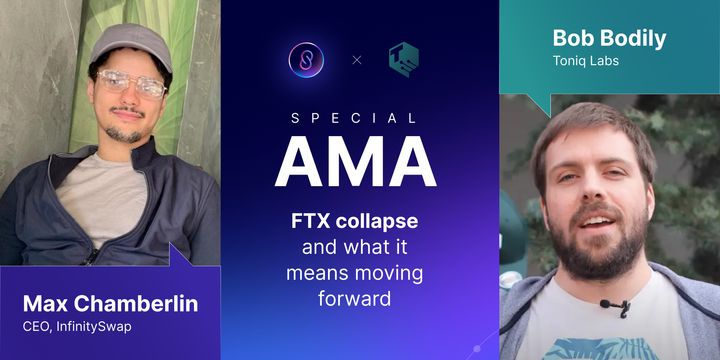Crypto Space Hyped Up as Sui Mainnet Set to Go Live
Sui Mainnet is slated to go live on May 3rd, and there is a ton of hype surrounding the event.

Sui Mainnet is slated to go live on May 3rd, and there is a ton of hype surrounding the event.
Sui is a permissionless Layer 1 blockchain designed from the ground up to support all on-chain activities, such as dApps, DAOs, NFTs, etc. It is a decentralized, proof-of-stake blockchain that comes complete with horizontally scaleable throughput and storage.
Built By an Experienced Team of Innovators
The blockchain has been built by ex-Meta team members, who now call themselves Mysten Labs. As the team is coming in with a fantastic reputation, expectations are high for the success of the Sui blockchain.
Sui builds on research that went into the Diem blockchain. Alongside Sui, the Mysten Labs team is also shipping the Sui Move programming language. Move was developed to power the Diem network, and Mysten Labs has carried on the torch of its development.
Sui Move has since been designed as a platform-agnostic programming language that enables common libraries, tooling and developer communities across blockchains with vastly different data and execution models.
While the team and the products have ties to Diem and Meta, it is important to note that Sui is its own stand-alone blockchain with no official ties to Meta. While Sui Move is based on the Move programming language, the two have some differences.
Sui Move has a number of learning resources available online, with Mysten Labs having created a Github repo, a tutorial and released a book in order to aid learning for developers.
Sui's Main Features

Through advancements in the fields of distributed systems, cryptography, and programming languages, the Sui blockchain has been able to achieve a higher level of performance.
The three main features of the Sui blockchain are;
Horizontal Scaling with no upper bounds - Sui can scale to meet application demand without limitations while maintaining stable, low transaction fees for users.
No bottlenecks - Instead of packaging transactions into blocks like other blockchains, Sui organizes data into independent objects. By implementing this innovative design, Sui removes a pinch point, a problem for many other chains. Transactions can be executed in parallel using this system, in contrast to the sequential block method, which is linear and wastes precious computational power.
Elimination of overhead caused by global consensus - By enabling parallel agreement on causally independent transactions, the Sui network is able to scale horizontally. This is achieved through the use of Byzantine consistent broadcast.
Network Participants
The Sui network will have three types of participants; users, token holders, and validators.
Users of the network can submit transactions in order to create, alter and transfer digital assets or interact with applications.
Sui token holders have the chance to delegate tokens to validators and participate in Sui's Proof-of-Stake mechanism. Token Holders can participate in Sui's governance and have their say in the direction of the project in the future.
Validators run the network by looking after the processing and execution of transactions on the Sui network.
Sui Tokenomics

The economic model employed by Sui is designed to work in tandem with the innovative design of the network. The blockchain aims to deliver infrastructure-friendly tokenomics that allow the blockchain to function as intended, with low costs and high performance.
According to Sui, the interplay between network participants forms the three pillars of Sui's tokenomics. Sui's proof-of-stake mechanism ensures that the incentives of holders are in line with those of validators. The chain's gas mechanism ensures that network gas fees stay low and stable regardless of the demand for activity on the network. Meanwhile, Sui's storage fund ensures that data storage is accurately priced so that data stored today does not negatively impact future network performance.
The Sui Token
$SUI is described as "the glue that holds the system together."
The Sui token has been implemented to fulfill four main functions on the network;
Staking to a validator to secure the network and earn staking rewards.
Paying gas fees to execute transactions and to carry out other network functions.
Providing on-chain liquidity, which underpins the functionality of the network as a whole.
Allowing holders to participate in on-chain governance.
Sui Utilises Delegated-Proof-of-Stake (DPoS)
DPoS is an innovation of note on the Sui chain. It allows for the broadest possible participation of token holders in network validations, allowing for superior levels of democracy and fairness to be enacted.
Staked Sui tokens are used as a proxy for voting power, meaning those that get a say in the network are suitably invested in its future.
Token holders can "back" a validator they believe to be a good actor, which is useful for holders that may not have the funds or the inclination to run their own validator. It helps smaller holders get involved in the mechanics of securing the blockchain.
Validators receive rewards for securing the chain in the form of gas fees plus staking subsidies. These subsidies are being implemented for the initial stages of the chain and will be phased out over time, with gas fees making up the whole of validator payouts.
Similarities to Aptos
Given that Aptos is implemented by a team with a similar background to the Sui team, it is understandable that there would be some similarities between the two chains, which are incidentally the two most eagerly anticipated Layer 1 blockchains of recent memory.
While both chains utilize the Move programming language, there are differences in the chain's architectures and consensus mechanisms.
Furthermore, Aptos is yet to release a token, with $SUI due to drop next week.
In truth, it may be a little too early to compare the two chains; they will need to be tested in the wild by users first.
Sui Is One To Watch
Who knows what the price action for $SUI will be in the days following the drop on May 3rd? Token drops usually display extreme volatility; how it plays out is anyone's guess.
Over a longer time horizon, however, Sui looks like a serious Layer-1 chain that should be watched closely by any serious investor or developer. With the Mysten Labs team having such a strong track record, it seems likely to continue to grow and develop after the initial drop.
Whether or not Sui (or indeed Aptos) will provide any serious competition for Ethereum is impossible to know at this point in time. Much rests on the performance of the blockchain, which will no doubt be tested extensively in the days and weeks after launch.

Connect with Bitfinity Network
Bitfinity Wallet |Bitfinity Network | Twitter | Website | Telegram | Discord | Github






Comments ()